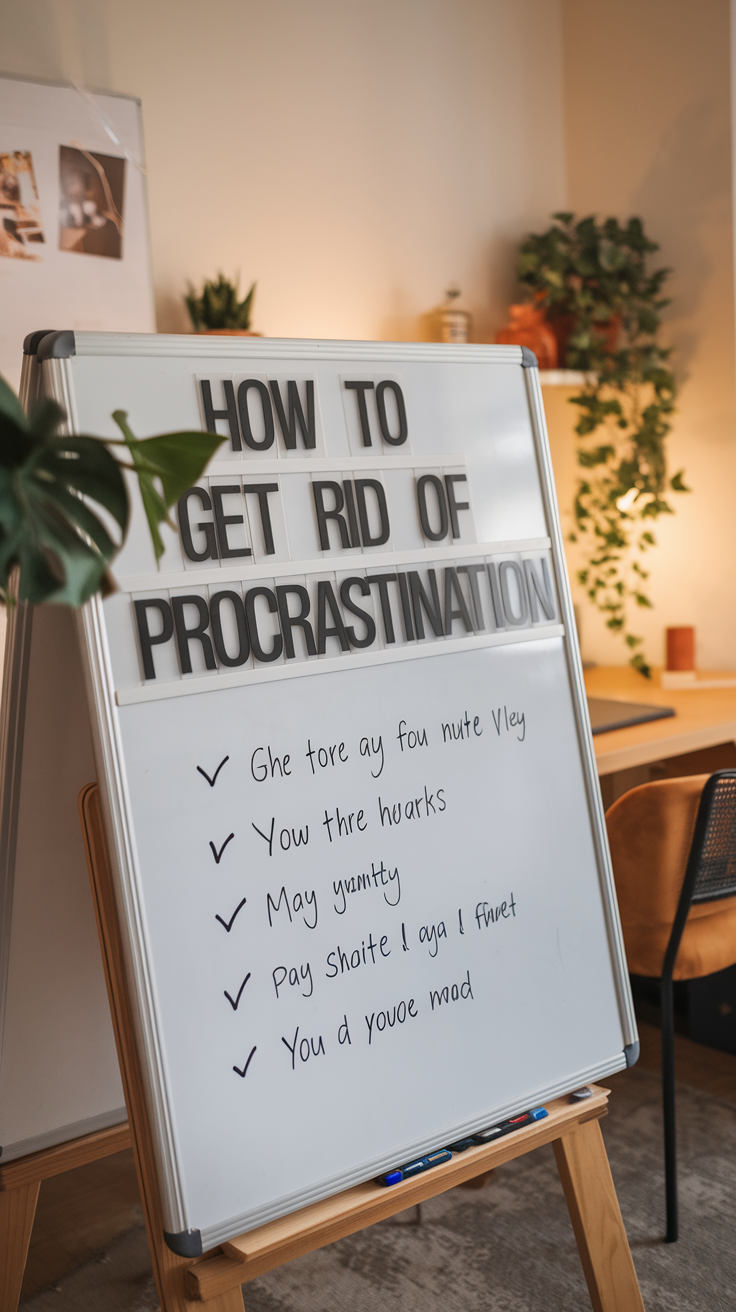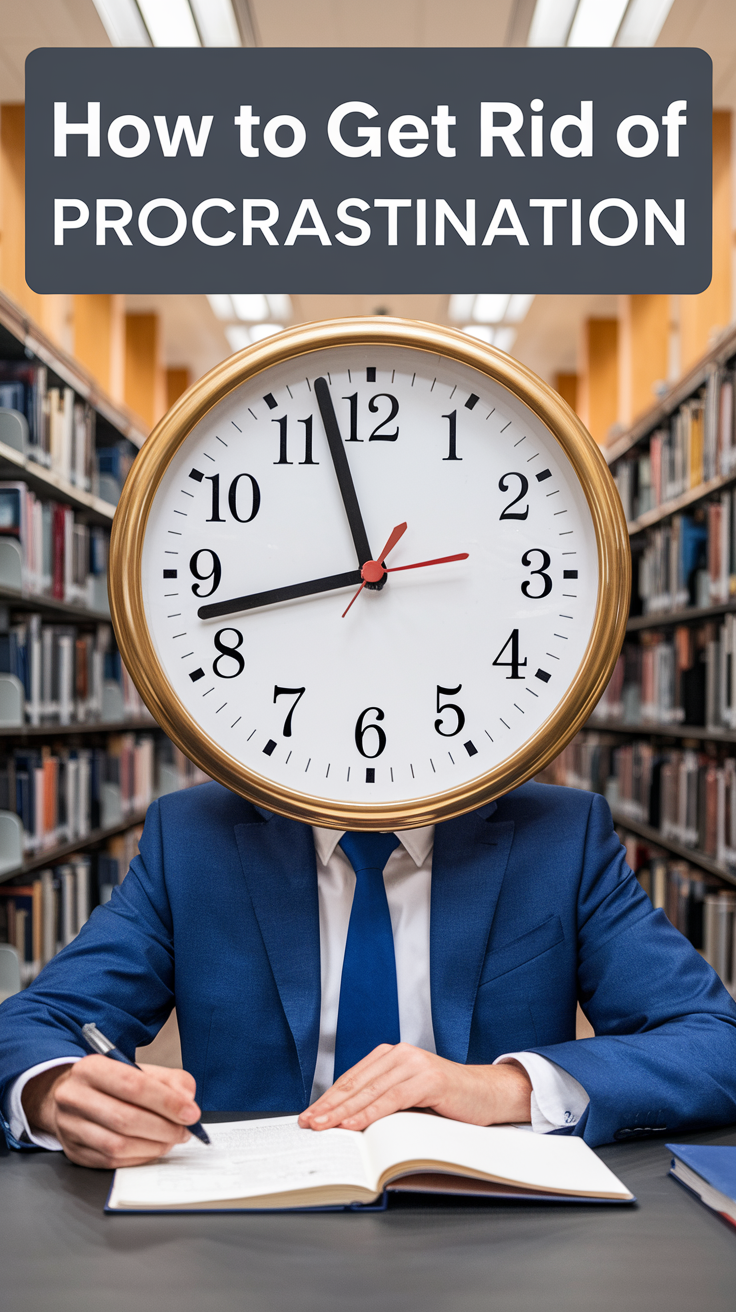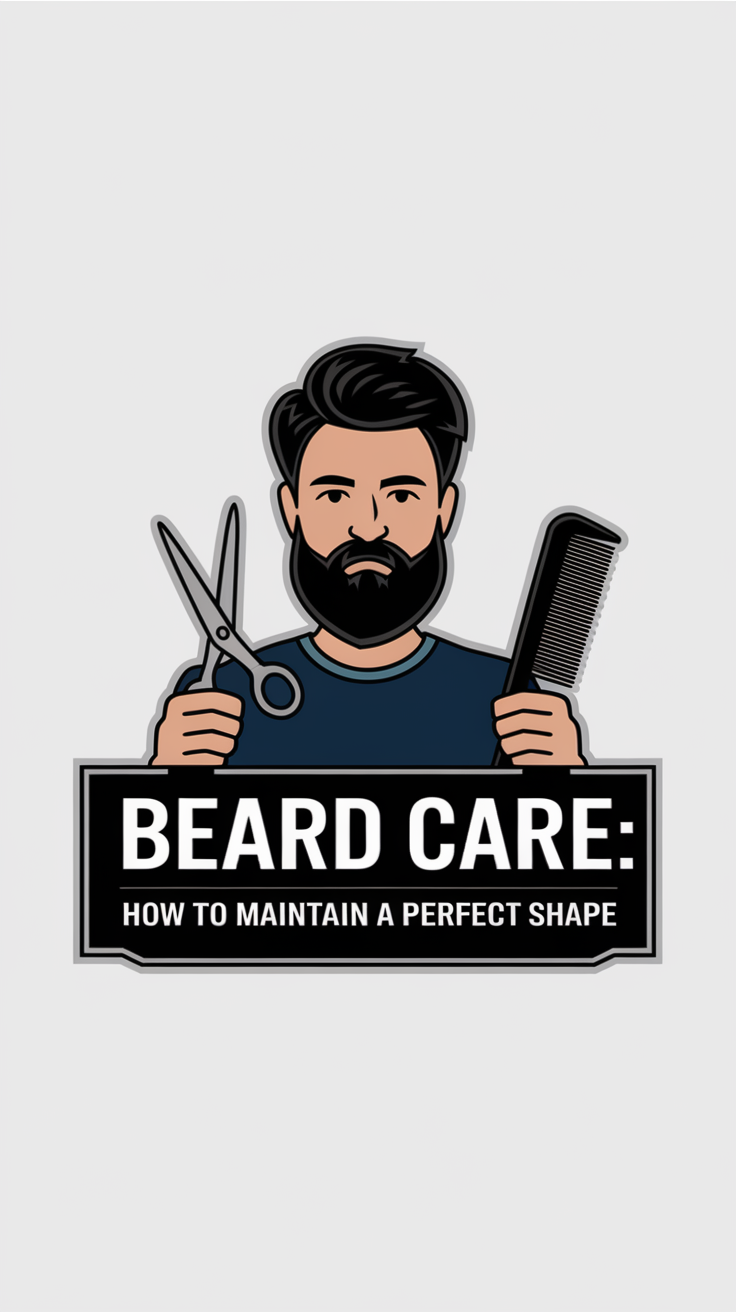How to Get Rid of Procrastination Once and For All
Procrastination—it’s the silent thief of time. For years, I grappled with the stress of unfinished tasks and the guilt that came with them. But through trial and error, I found ways to break the cycle. In this guide, I’ll share practical strategies, insights, and actionable tips to eliminate procrastination for good.
What Is Procrastination and Why Do We Do It?
Procrastination is not laziness; it’s often a way we cope with stress, fear, or discomfort. To overcome it, you first need to understand its root causes:
| Common Causes of Procrastination | Why It Happens |
|---|---|
| Fear of failure | Avoidance stems from worrying about not meeting expectations. |
| Perfectionism | Unrealistic standards create paralysis before starting. |
| Overwhelm | Large tasks seem impossible, leading to avoidance. |
| Task aversion | Uninteresting tasks feel like a chore, so we delay them. |
| Immediate gratification | Distractions like social media provide short-term rewards. |
How to Overcome Procrastination: Strategies That Work
1. Identify Your Procrastination Style
Not all procrastinators are the same. Recognizing your style helps you take targeted action.
- The Perfectionist: Focus on completing tasks rather than perfecting them. Start with, “It’s okay to do it imperfectly.”
- The Avoider: Reframe tasks as opportunities rather than obligations.
- The Thrill-Seeker: Use time constraints to create urgency and excitement.
2. Break Down Tasks
Overwhelming tasks can be paralyzing. Splitting them into smaller, actionable steps makes them manageable.
| Example Task | Small Steps |
|---|---|
| Writing a report | Research -> Draft outline -> Write intro -> Edit -> Finalize. |
| Cleaning a room | Clear desk -> Organize shelves -> Vacuum -> Declutter floor. |
Breaking tasks creates momentum and keeps you motivated.
3. Use the ‘Scary Hour’ Technique
I started dedicating just 60 minutes daily to tasks I dreaded most. Setting a timer and working without interruptions helped me tackle even the most daunting projects.
4. Leverage the 5-Second Rule
This method by Mel Robbins is simple: when you feel hesitation creeping in, count down from five and start immediately. It interrupts overthinking and pushes you into action.
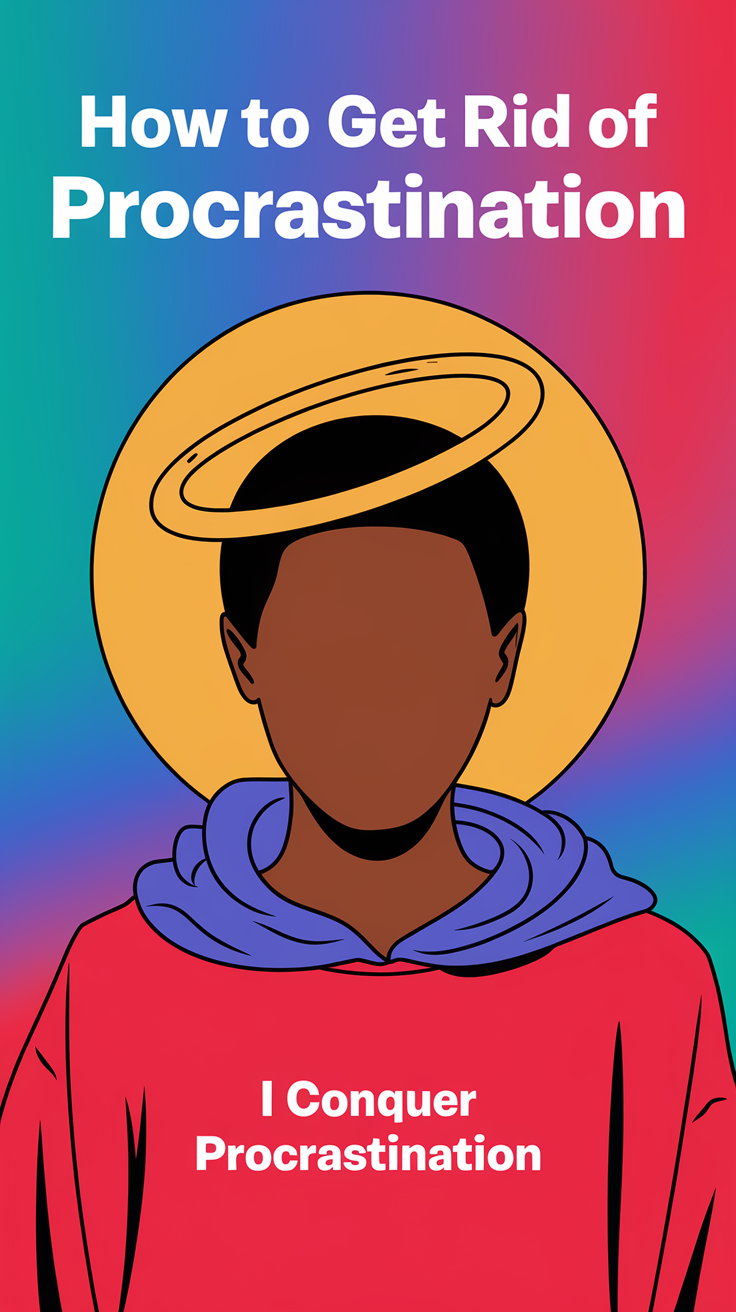
5. Plan Your Day Like a Pro
A clear structure reduces decision fatigue and helps prioritize effectively.
Time-Blocking Schedule Example
| Time | Activity |
|---|---|
| 9:00 – 10:00 | High-priority work (deep focus) |
| 10:00 – 10:15 | Break |
| 10:15 – 12:00 | Finish pending tasks |
| 12:00 – 1:00 | Lunch |
| 1:00 – 3:00 | Creative or strategic work |
| 3:00 – 3:15 | Quick check of emails/messages |
6. Optimize Your Environment
Your workspace can either fuel procrastination or productivity. Here’s how to take control:
- Declutter: A clean space improves focus.
- Minimize distractions: Silence phone notifications and log out of social media.
- Comfort: Ensure your chair, lighting, and desk setup are ergonomic.
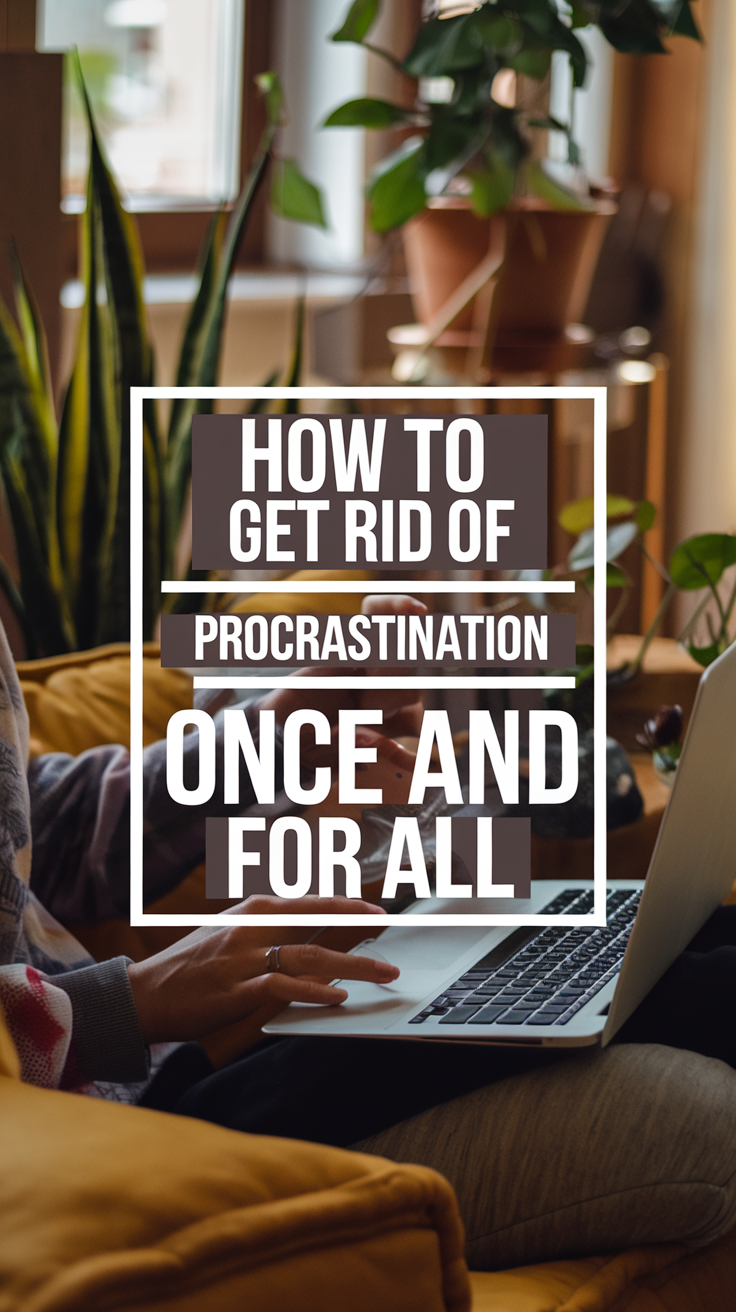
7. Understand the Science Behind Procrastination
Our brains naturally resist discomfort. The amygdala, responsible for fear, often overpowers the prefrontal cortex, which manages decision-making. Strengthen your prefrontal cortex by practicing mindfulness and setting small daily goals.
8. Stay Accountable
Accountability is powerful. Share your goals with a friend or use tools like Trello and Habitica to track your progress. I found public commitments especially motivating—they added a layer of pressure to deliver.
9. Lifestyle Changes to Combat Procrastination
Your energy levels influence your ability to focus and act. Ensure you:
- Sleep Well: Aim for 7-9 hours per night.
- Stay Active: Regular exercise reduces stress and boosts brain function.
- Eat Balanced Meals: Avoid sugar crashes by opting for whole foods.
10. Overcoming Digital Distractions
Technology is a double-edged sword. While it can help, it often fuels procrastination.
- Use productivity apps like Forest or Freedom to block distractions.
- Try the Pomodoro Technique: Work for 25 minutes, then take a 5-minute break.
- Set screen time limits to reduce unnecessary scrolling.
FAQs
1. Why do I procrastinate even when I know it’s bad?
Procrastination is often tied to underlying fears, perfectionism, or a lack of connection to the task. Addressing these root causes is key.
2. Can procrastination be eliminated completely?
While you may not eliminate it entirely, building self-awareness and habits can drastically reduce its hold over your life.
3. What’s the best way to start a task I hate?
Pair the task with a reward. For example, treat yourself to your favorite coffee after completing it. Alternatively, use the 5-second rule to bypass hesitation.
4. How does the Scary Hour help?
The Scary Hour focuses on overcoming fear by dedicating one hour daily to dreaded tasks. Over time, this builds momentum and reduces anxiety.
5. What are the long-term benefits of overcoming procrastination?
Overcoming procrastination leads to improved productivity, better mental health, and a greater sense of accomplishment.
Conclusion
Procrastination is a habit you can break with the right mindset and strategies. By identifying your procrastination triggers, creating manageable plans, and optimizing your environment, you’ll find it easier to take control. Remember, progress doesn’t happen overnight, but every small step counts. Why not start now? Pick one strategy from this guide and implement it today—you’ll thank yourself later.
